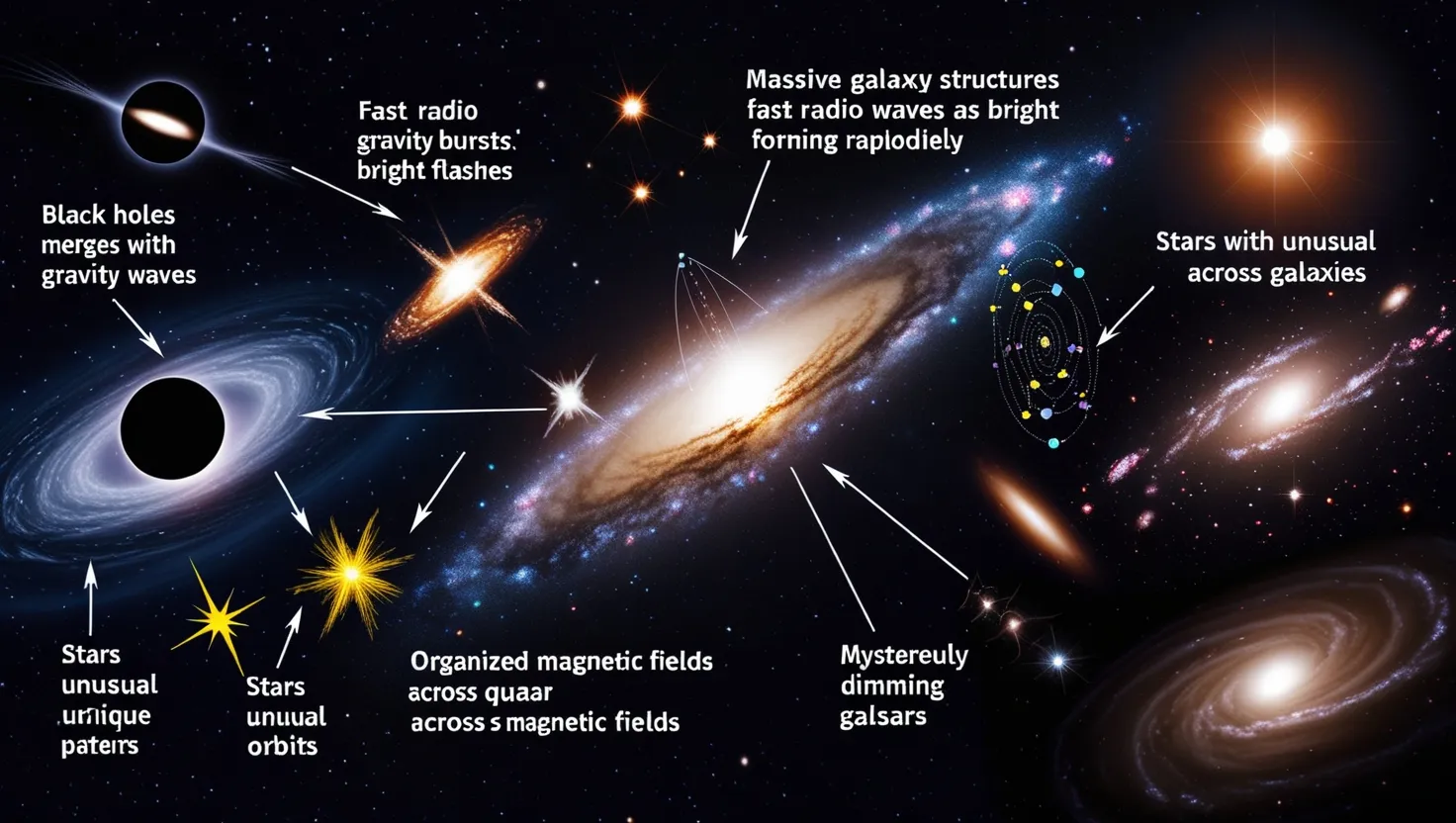War has always been a part of human history, but how we fight is evolving. Today, technology is reshaping the battlefield. Decisions in warfare are increasingly driven by advanced tech, offering capabilities once thought impossible.
From spears to cyber-attacks, each technological leap changes the rules of engagement. Our hyper-connected world has transformed the operational environment. Traditional combat domains are now interwoven with complex digital landscapes, where dominance in cyberspace has become crucial.
Cyber warfare accelerates the pace of conflict. Machines take over, and the push of a button can cause more havoc than a soldier on the ground. The future of warfare lies in the digital realm, where virtual confrontations can disrupt societies without any physical presence.
A stark example is the 2015 Ukraine cyber-attack that blacked out parts of the country. Hackers infiltrated the power grid with ease, sending phishing emails loaded with malware. Before long, a quarter-million people were left in darkness, highlighting the vulnerability of our interconnected infrastructures.
The first message across ARPANET in 1969 eventually birthed the internet, revolutionizing communication. Today, billions rely on it daily, but this dependency exposes us to cyber threats. Whether it’s our banking, transportation, or even our homes, every aspect of modern life is susceptible to cyber-attacks.
Stuxnet, the infamous malware that targeted Iran’s nuclear facility, was a game-changer. It sabotaged physical infrastructure via digital means, setting back Iran’s nuclear program by years. This demonstrated that cyber-attacks could achieve what traditional espionage or military strikes could.
The cyber battlefield has expanded to include various malicious strategies, such as ransomware and denial-of-service attacks. The infamous NotPetya attack in 2017 paralyzed systems across multiple nations, causing billions in damage and showcasing the destructive power of cyber warfare.
Manipulating information is another facet of cyber warfare. Through misinformation and propaganda, states can influence public opinion and destabilize societies. The 2016 U.S. presidential election highlighted this, where data was mined and voter profiles were exploited to sway opinions.
Social media platforms have become crucial battlegrounds for these information wars. They connect and inform us but also serve as channels for fake news and disinformation. Mastering these platforms can give one control over public perception, making them powerful tools in modern conflict.
Governments and militaries are now acutely aware of the need for robust cyber defenses. Advanced nations invest heavily in cyber capabilities, but the gap between offense and defense is ever-widening. As attackers find new vulnerabilities, defenders must constantly adapt and strengthen their security frameworks.
Attribution remains a significant challenge in responding to cyber-attacks. Identifying the culprits behind an attack is a convoluted process, making proportionate responses difficult. Yet, strategies like persistent engagement aim to preemptively curb cyber threats by attributing and retaliating against hostile actions.
The gray zone, a space where actions fall short of open warfare, is increasingly exploited for cyber operations. This blurs the lines between peace and conflict, allowing states to achieve strategic objectives without triggering full-blown wars.
In this new era, small nations or groups can become formidable cyber superpowers. North Korea and other lesser states have developed significant cyber capabilities, proving that cyber warfare can level the playing field against traditional military powers.
As we navigate this digital minefield, it’s clear that cyber warfare will continue to shape future conflicts. The challenge lies in balancing our reliance on technology with the need for robust security, ensuring that the cyber age does not compromise the fabric of our societies. The future of warfare is not just about physical might; it’s about mastering the digital realm.






